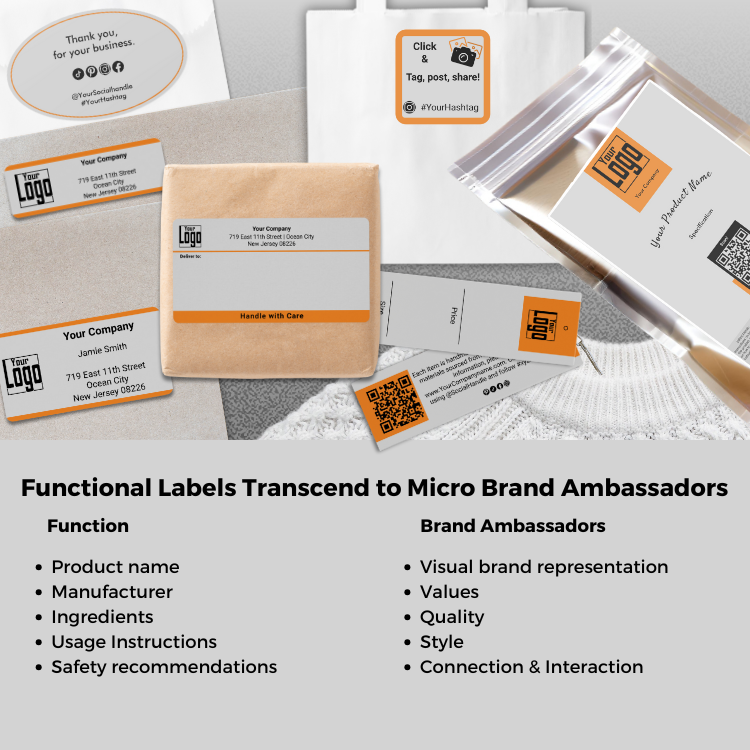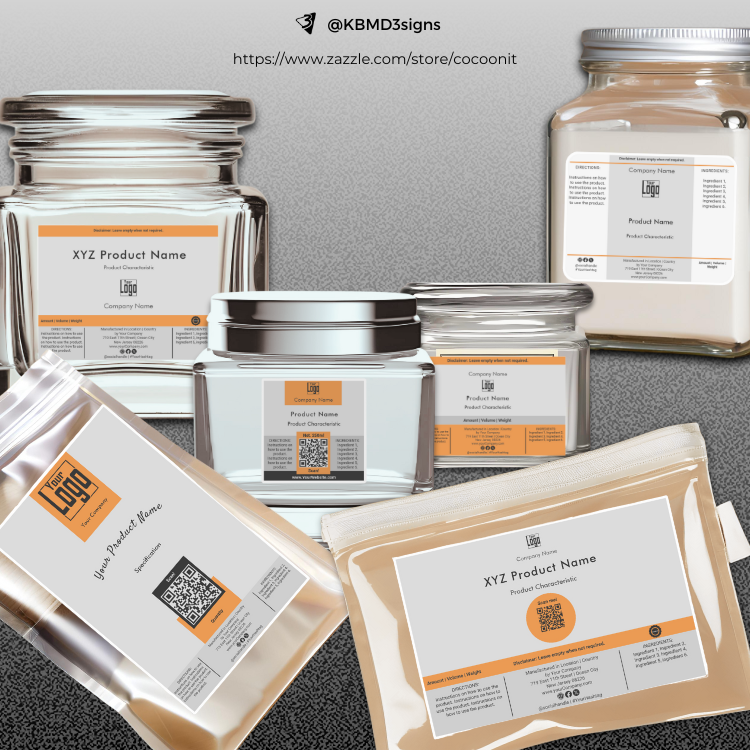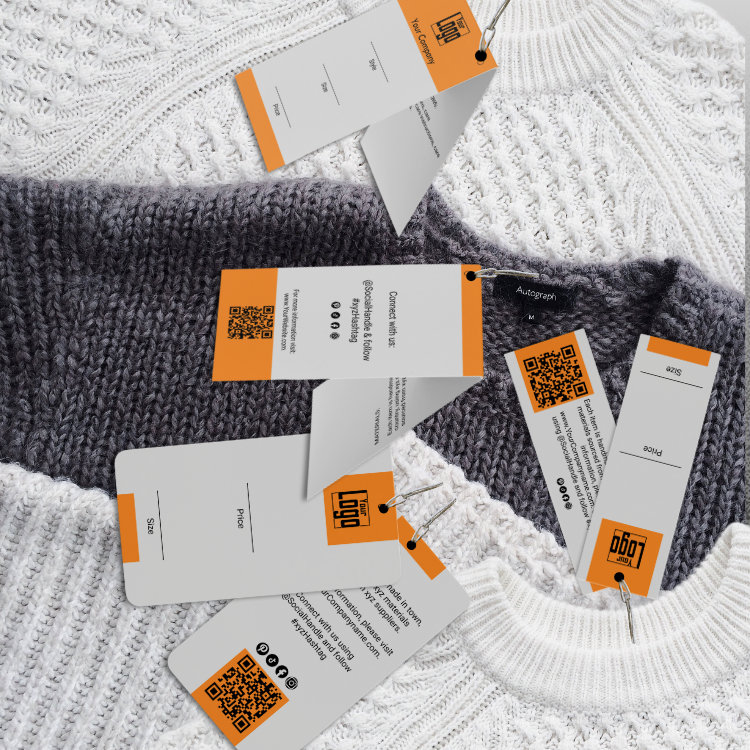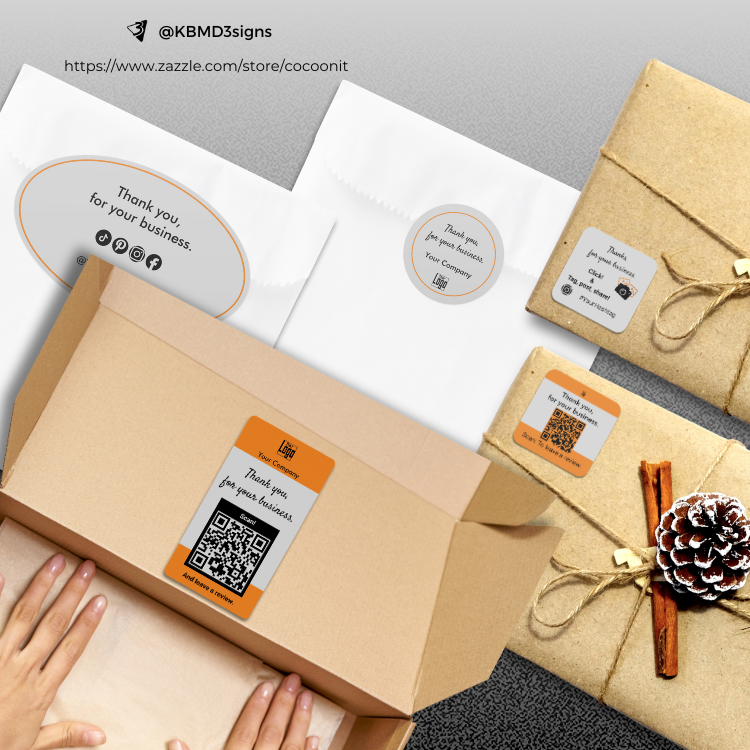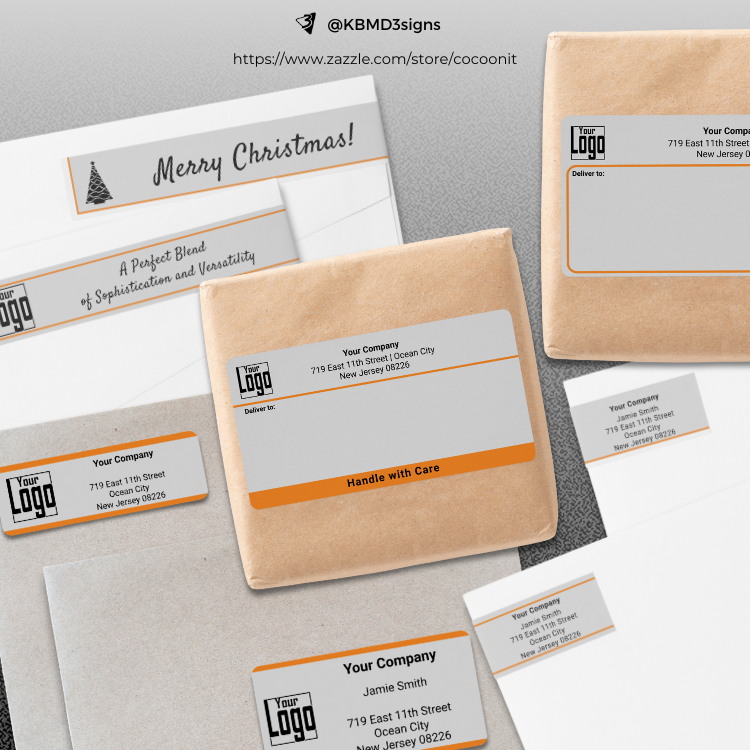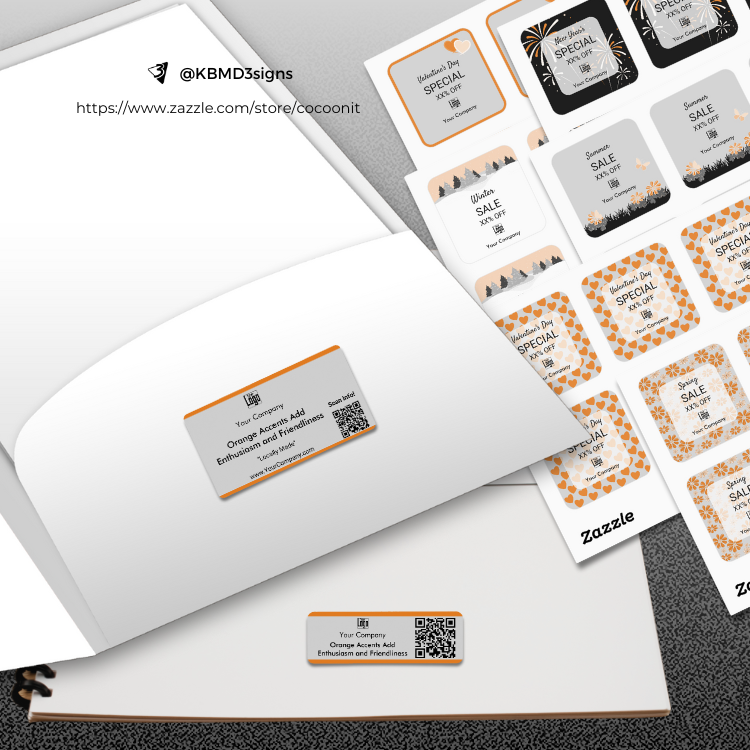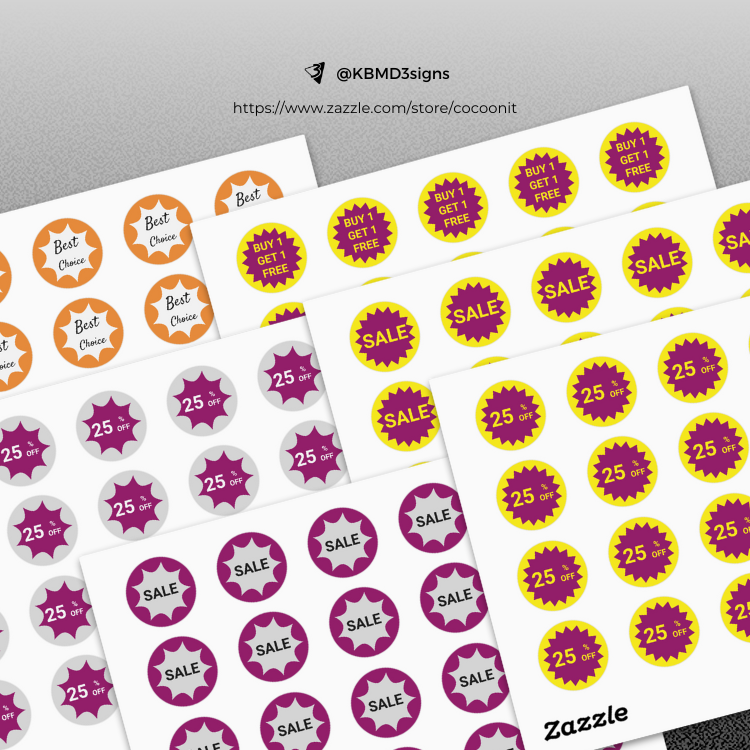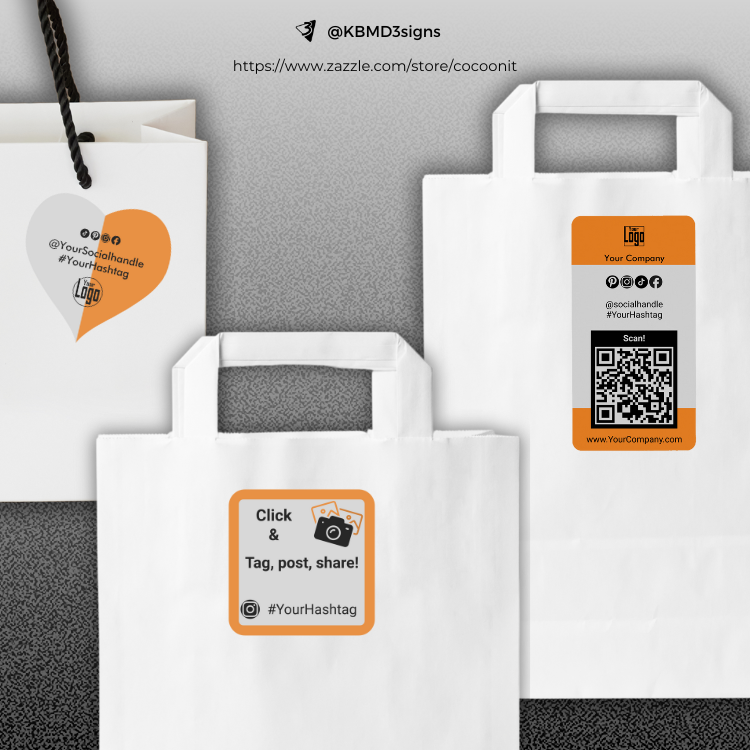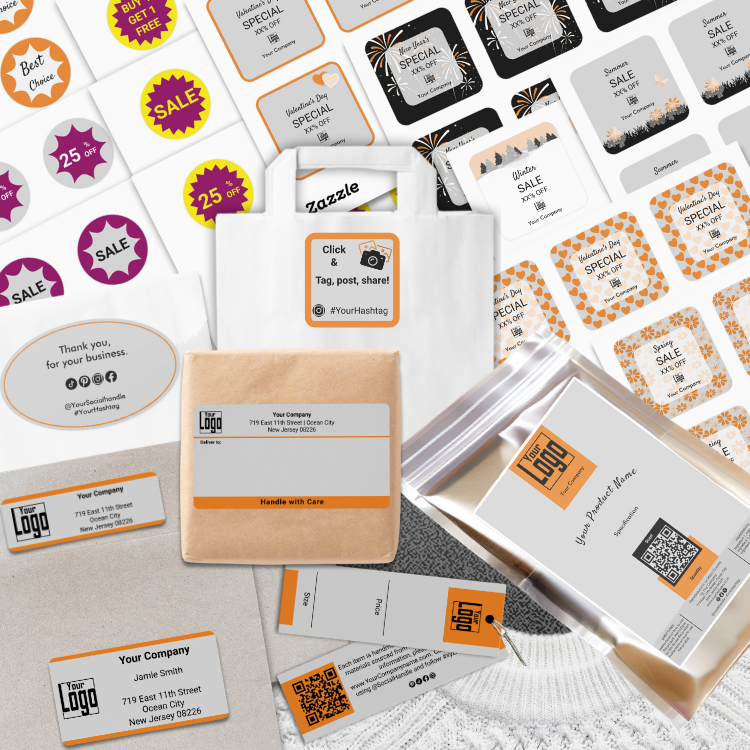What are labels for small businesses and their offline brand perception? Labels are a critical factor that influences customer trust and loyalty. These versatile yet powerful tools make labels more than functional identifiers; they are key to storytelling, brand differentiation, and consumer engagement. Let’s explore what labels are and how they can make a big impact on your brand’s identity and perception.
Article Content:
1. What Are Labels?
At their core, labels are informational tags attached most commonly to products or packaging. They serve a basic purpose: to communicate essential details such as the product’s name, ingredients, usage instructions, and safety warnings. However, in the world of branding, labels transcend mere functionality. They act as micro-ambassadors of your brand, offering a visual and tactile representation of your business values, quality, and style.
2. Why Do Labels Matter?
For small businesses, every detail matters. Labels are often the first point of interaction between your product or services and a potential customer. A well-designed label can:
- Establish Credibility: A professional label reassures customers that your business is legitimate and trustworthy.
- Differentiate Your Product/Service: Unique designs, colors, and materials make your product/service stand out in crowded markets.
- Communicate Brand Values: Sustainability, luxury, fun—whatever your brand stands for can be reflected in your label design.
- Enhance Customer Experience: Thoughtful labeling using visually appealing labels improves the user experience by making information accessible.
3. Types of Labels for Small Business
3-1. Product Labels
- Purpose: To brand and describe products.
- Details to Include:
- Business name and logo
- Product name and a brief description
- Key features or benefits
- Ingredients or materials (if applicable)
- Legal information (e.g., weight, certifications)
- QR code linking to product details or the business website
3-7. Informational Labels
- Purpose: To educate customers about products or services.
- Details to Include:
- Product usage instructions
- Care and maintenance tips
- Safety warnings (if applicable)
3-8. Loyalty Program Stickers
- Purpose: To encourage repeat business.
- Details to Include:
- “Loyalty Program” or “Rewards Member” branding
- Instructions (e.g., “Collect 10 stamps for a free item”)
- Business name and logo
3-10. Event or Pop-Up Labels
- Purpose: For use during events, fairs, or markets.
- Details to Include:
- Business name and logo
- Event-specific promotions or QR codes
- Short tagline (e.g., “Find Us Online!”)
3-11. Sustainability Labels
- Purpose: To appeal to eco-conscious customers.
- Details to Include:
- Icons or text like “Eco-Friendly,” “Made from Recycled Materials”
- Certifications (if applicable)
4. Discover Label Designs by KBM D3signs
Our customizable label templates for small businesses provide a strong foundation to help you establish and grow your brand, step-by-step. These templates are perfect for adding a professional touch to non-branded marketing materials, giving you the tools to transform your business presence with ease.
At the Cocoon It! Store by KBM D3signs on Zazzle, we put the power of branding in your hands. Personalize our templates by adding your text, details, images, and colors to create unique labels that act as micro brand ambassadors for your business. From product tags featuring QR codes to the wide range of editable elements accessible via the “Edit using Design tools” link, every design empowers you to define your brand’s identity.
These are the color tools we use to select the perfect hue. For inspiration, browse our curated collection of color palette ideas. Our commitment to customization extends beyond basic placeholders: nearly all design elements can be tailored to align with your brand’s colors and style.
Need assistance? Whether it’s customizing an existing design, transferring it to a different product, or creating a bespoke solution, we are just a message away. At Designs by KBM D3signs, we’re more than a source of marketing materials—we’re your partner in shaping and showcasing your brand with creativity and confidence.
Shop at Zazzle Store
Cocoon It! – Custom Labels For Small Businesses
Show off your personal style or post a review!
Feedback:
By Leonida
This was such a captivating article! The website always delivers content that
is both high-quality and relevant.
5. Transforming Brand Perception Through Labels
- Invest in Quality Design Customers often judge a product or service by its first impression, including packaging and marketing collateral. High-quality label design shows that you care about the details. Hiring a professional designer or using advanced design tools can elevate your label from ordinary to extraordinary.
- Highlight Your Unique Selling Proposition (USP) Use your label to communicate what makes your product special. For example, if your business focuses on eco-friendly goods, prominently display certifications or use biodegradable label materials.
- Tell a Story Labels are a canvas for storytelling. Include elements that evoke emotions, whether through imagery, taglines, or small anecdotes about your brand.
- Ensure Consistency Across Branding Your labels should align with your overall brand aesthetic. Whether you’re using bold colors or minimalist designs, consistency across all touchpoints strengthens brand recognition.
- Adapt to Offline Realities For offline businesses, labels serve as a primary marketing tool. Invest in durable, high-quality materials that stand up to handling, environmental exposure, and shelf life challenges.
6. Practical Tips for Small Businesses
- Test Before Finalizing: Create mockups of your labels and gather feedback from potential customers.
- Leverage Technology: Use QR codes on labels to provide additional information or link to online content.
- Stay Compliant: Ensure your labels meet regulatory standards specific to your industry and region.
- Keep It Simple: Avoid cluttering your labels with too much information. Prioritize readability and clarity.
Overall, labels may seem like a small detail, but for small businesses, they’re a significant opportunity to shape brand perception. By investing in thoughtful, high-quality label design, you can transform how your product or service is viewed and increase its appeal to customers. In a competitive offline market, where every impression counts, labels could be your secret weapon for standing out and building a loyal customer base. And of course, bridging the gap between offline and online by making online touchpoints known and accessible.
-
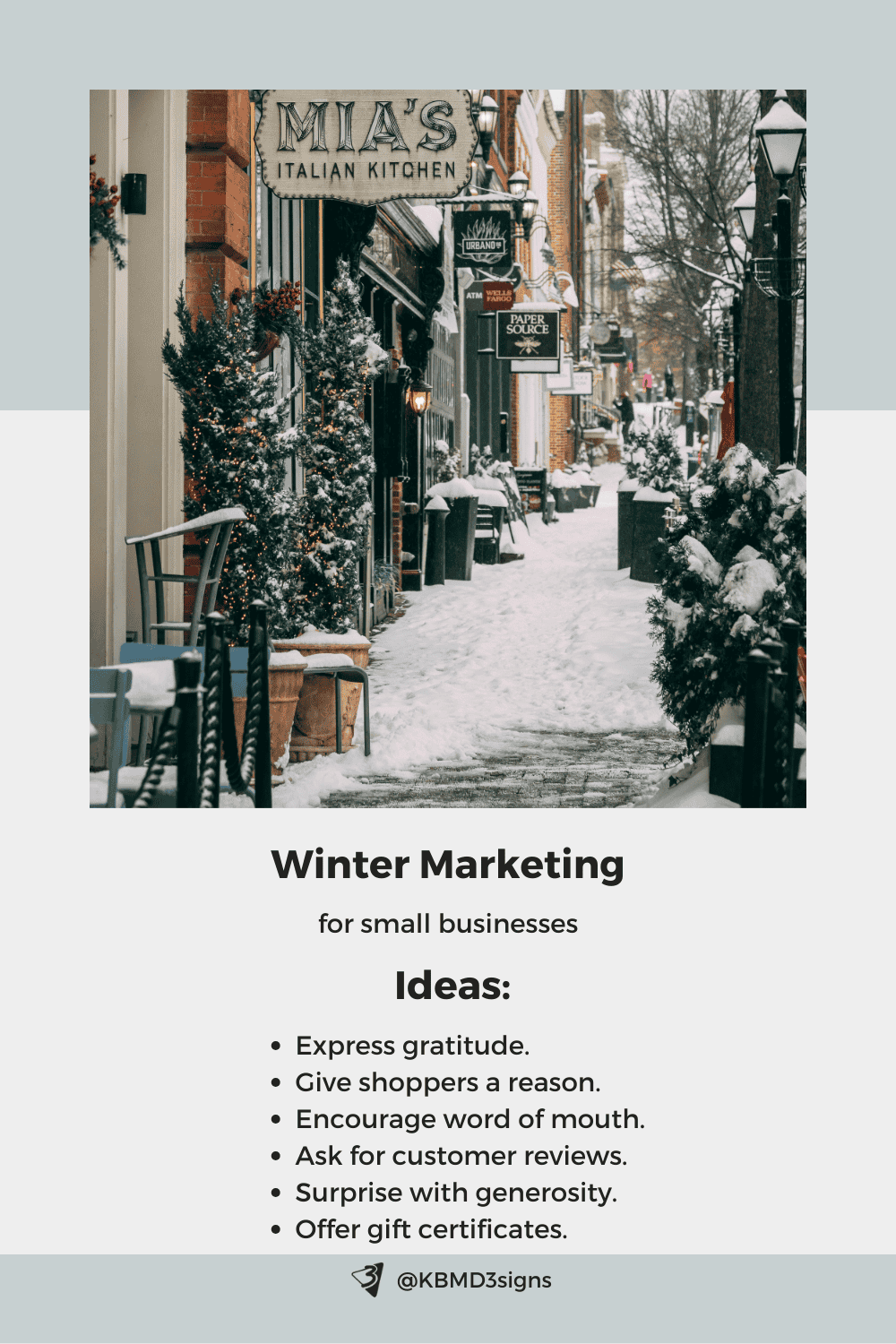
6 Winter Marketing Ideas for Small Businesses
Read the post …: 6 Winter Marketing Ideas for Small Businesses -

6 Offline Summer Marketing Ideas for Small Businesses
Read the post …: 6 Offline Summer Marketing Ideas for Small Businesses -

What is Seasonal Marketing? A Guide for Small Business Offline Success
Read the post …: What is Seasonal Marketing? A Guide for Small Business Offline Success
7. FAQs About Labels for Small Businesses
The best labels depend on your industry and target audience. Options include product labels, packaging labels, hang tags, and promotional stickers.
Labels act as micro-ambassadors for your brand, reflecting your values, style, and commitment to quality.
Include your logo, product name, key details, and a clear call to action. Design elements should align with your overall branding.
Research industry-specific labeling requirements and consult relevant authorities to ensure compliance.
Yes, many sustainable options are available, such as biodegradable materials, soy-based inks, and recyclable adhesives.
-

What Is A Brand Partnership? – A Small Business Perspective
Read the post …: What Is A Brand Partnership? – A Small Business Perspective -
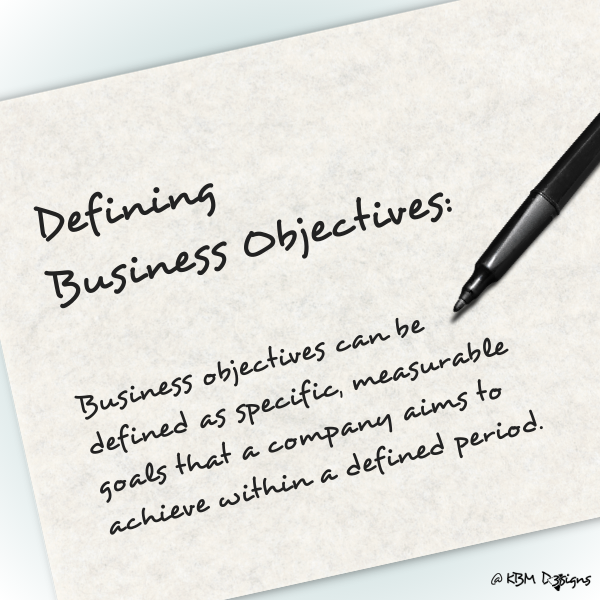
What Are Business Objectives?” Perspective Of A Small Business
Read the post …: What Are Business Objectives?” Perspective Of A Small Business -

What Is A Focus Group Market Research? – SMB Perspective
Read the post …: What Is A Focus Group Market Research? – SMB Perspective


